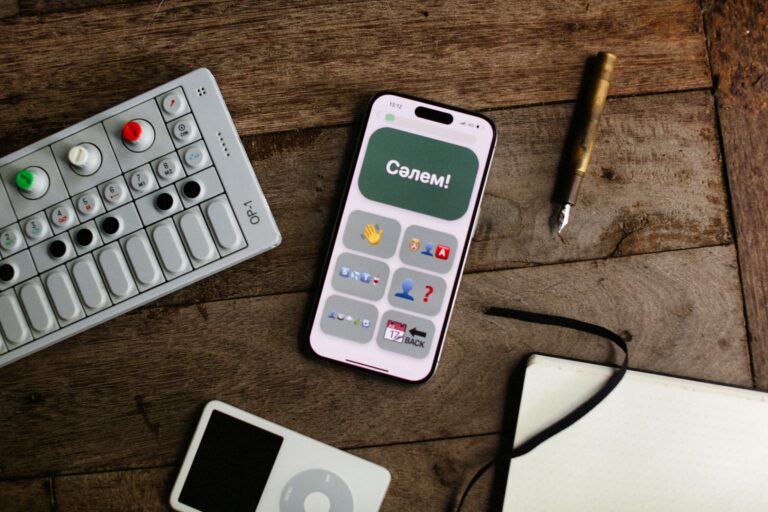
2. The Present: Decline or Reinvention?
Print no longer commands media budgets like it used to. Most marketing strategies today revolve around digital—social media, search, influencers. Yet, print advertising hasn’t died. It’s just evolved.
How Brands Still Use Print Today:
- Luxury and fashion: Brands like Gucci and Chanel still swear by glossy magazine ads in Vogue and Vanity Fair. The medium matches the message—high-end and tactile.
- Direct mail campaigns: Startups like Casper and Harry’s have run smart direct-mail flyers in key neighborhoods, often timed with their digital outreach.
- Local newspapers: While national dailies have shrunk, local print ads still drive footfall for small businesses.
- Tactical print in digital campaigns: For example, IKEA‘s catalog comeback with AR integration was a clever bridge between old-school charm and tech novelty.
Learn how legacy brands like Morton Salt preserved relevance in our case study “When It Rains, It Pours”.
Despite its downsizing, the emotional and trust value associated with a tactile print piece often surpasses digital clutter. Print advertising still has a role—especially when integrated creatively within an omnichannel strategy.
3. What Makes Modern Print Work?
It’s not just where the print is placed, but how it’s done that determines success.
Key Characteristics of Effective Print Ads Today:
- QR codes that connect instantly to digital content (used recently by Burger King for app downloads).
- Sustainably printed materials—essential for eco-conscious millennials and Gen Z readers.
- Minimalist design with compelling typography and one strong CTA.
- Hyper-targeted delivery, driven by data from loyalty programs or online behavior.
Want to see how traditional sectors are innovating? Check out “Marketing in Commodity Spaces”.
Print advertising that is personalized, purposeful, and paired with digital can still perform—and even outperform—its online counterparts in engagement and trust.
4. The Future: Where Is Print Headed?
The forecast isn’t a simple up or down. Instead, the future of print advertising is likely to be hybrid, sensory, and storytelling-led.
Predicted Trends:
- Smart print: NFC-embedded flyers or magazines that launch personalized mobile content.
- Augmented Reality (AR): Think L’Oréal’s AR-powered magazine ads allowing readers to try makeup virtually.
- Zero-party data integration: Brands could offer consumers interactive catalog experiences based on preferences they’ve voluntarily shared.
- Hyperlocal zines and indie publications as ad platforms: Limited-run publications featuring art, opinion, and hyperlocal stories will offer niche branding opportunities.
Print will be niche but powerful. And in a world craving authenticity and intentionality, print advertising can deliver where digital sometimes falters.
📌 Continue reading… (Next up – learn how to integrate print into your next campaign and why it might just be your secret weapon.)


